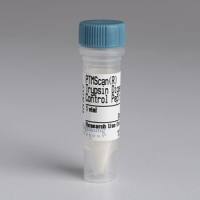On-Bead and Solution Screening Approaches for Genomically Derived Targets: Discovery of Surrogate Ligands and Substrates Using Combinatorial Chemistry
互联网
534
Sequencing of the human and other genomes has revolutionized drug discovery. Modern functional genomics methods have brought a wealth of drug discovery targets. Bioinformatic tools are classifying candidate drug targets into different mechanistic classes. Many classes are apparent, but pharmaceutical companies are clearly focusing on proteases, protein kinases, and G-protein coupled receptors (GPCRs). This is perhaps because of the relatively direct nature of assigning these sequences to gene families, especially when the family features are so distinctive, e.g., seven transmembrane segments as a signature for GPCRs. Moreover, two of these are proven pharmaceutical targets with large drug markets (proteases and GPCR). Even though most target genes will fit into mechanistic families as determined by bioinformatic tools, others will fail to fit. Also, some fits will be misleading for example, the sequences of membrane forms of guanylyl cyclases are homologous to protein kinases (1 ). Thus, there is a need for tools to find surrogate ligands and substrates to serve as reagents to measure inferred bioactivities and discover leads to both pharmacologically validate novel drug targets and provide entry for lead optimization to obtain new drugs for unM et medical needs.









